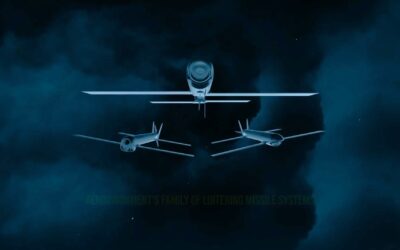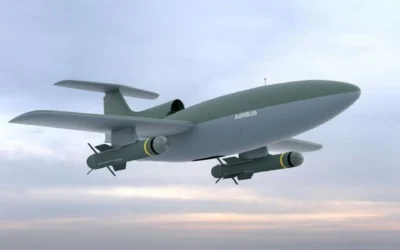RAFNAR Hellas has announced the official opening of its new state-of-the-art shipyard and headquarters in Lavrio, along with a…
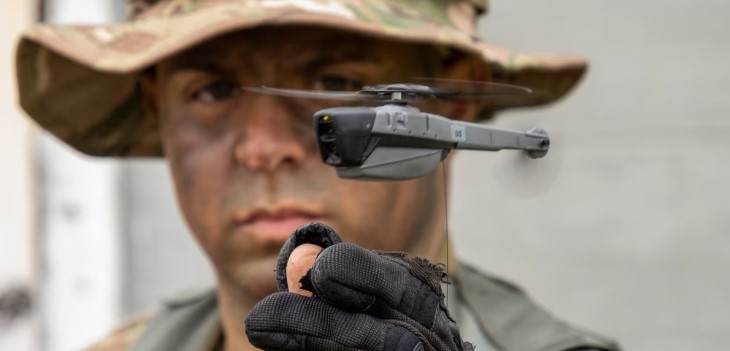
Teledyne FLIR Defense, part of Teledyne Technologies Incorporated, will produce 1,000 more Black Hornet 3 PRS (Personal Reconnaissance Systems) for the Ukrainian Armed Forces, as part of an order from Norway’s Ministry of Defence.
Specifically, the Norwegian Ministry of Defence will procure an additional 1,000 Black Hornet 3 Unmanned Aerial Systems (UAS) as well as spare parts, maintenance, and training for Ukrainian operators and instructors. Last August, Norway donated nearly 300 Black Hornet systems to Ukraine forces through the UK-led International Fund for Ukraine.
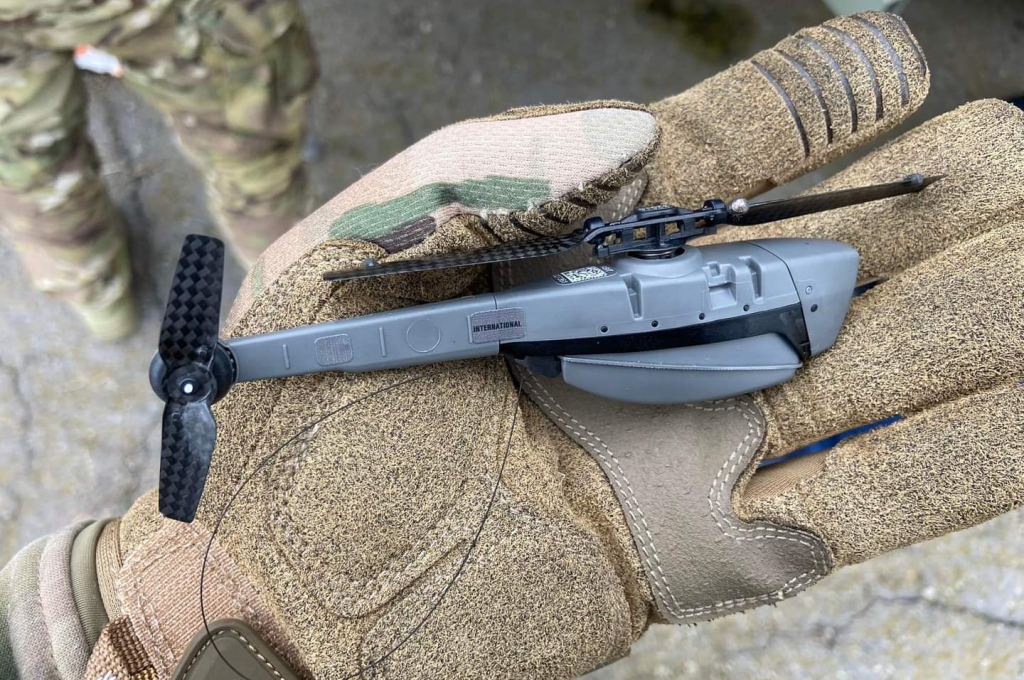
The Black Hornet 3 is designed and built by Teledyne FLIR in Norway to provide squad-level immediate covert situational awareness by detecting and identifying threats day and night without being detected due to their nano size.
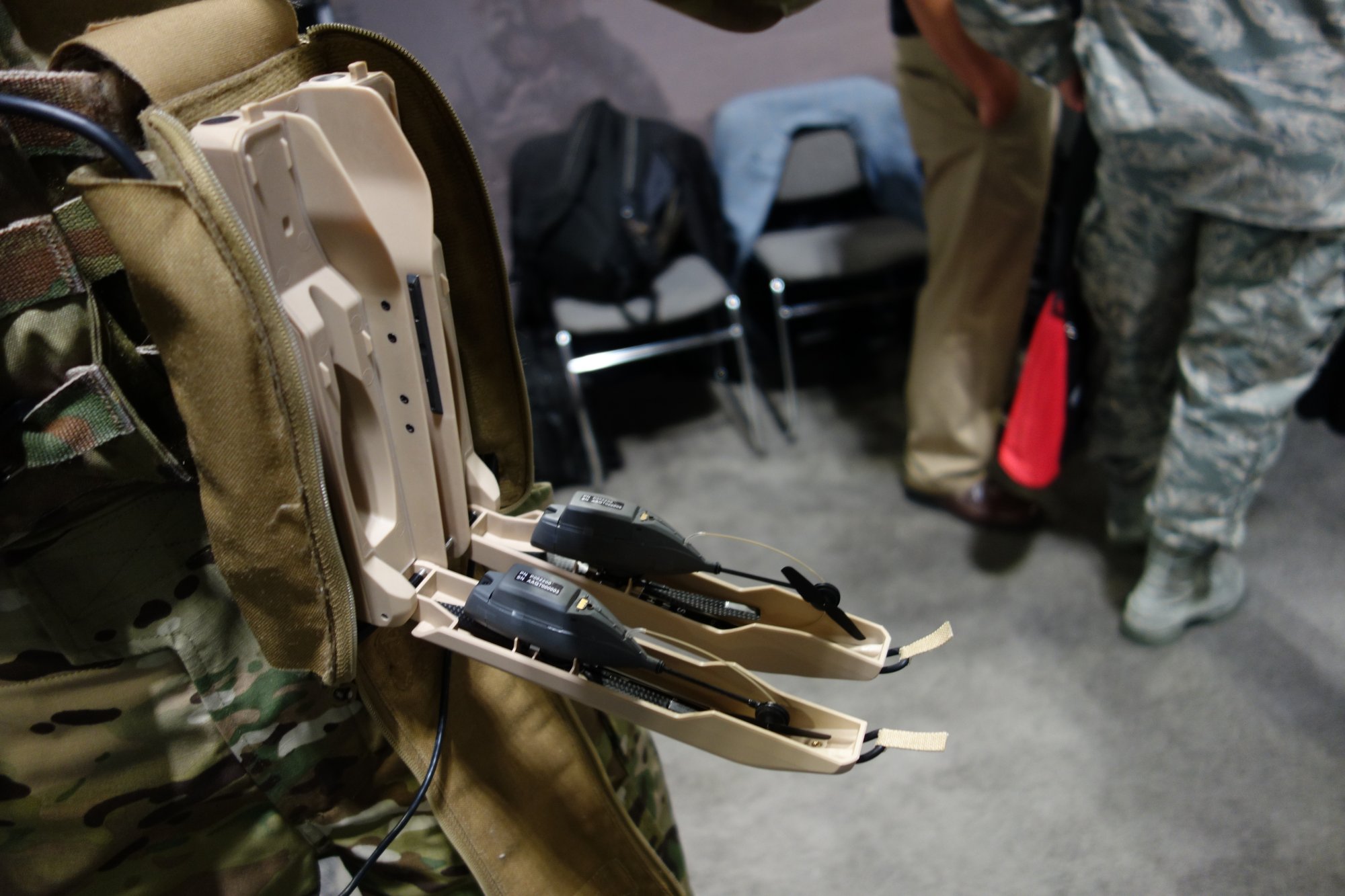
With increased speed and expanded maneuver options, this covert airborne sensor features extraordinarily low visual and audible signatures and a light, small profile allowing covert operation and increased security for dismounted soldiers.
In fact, through its expanded visual range in complex and urban environments, the system features beyond visual line-of-sight (BLOS) capabilities and is capable of depicting real-time situational awareness.

The Black Hornet 3 is an improved version of the combat-proven Black Hornet PD-100. The drone’s navigational requirements are served by the Global Navigation Satellite System (GNSS), while the drone can optionally be upgraded to visual-based navigation for indoor operation without GPS and built-in vector and raster maps.
In addition, it offers an encrypted data connection with a radio range of 2 km and four flight modes (lost signal, automatic return, set waypoints, and auto / manual hover and stare).
The Black Hornet is incorporated in a small box that can be strapped to a utility belt, which can also accommodate up to two nano-UAV of this type. Moreover, the belt stores transmitted data, since the drone itself does not store any data, an operational advantage in case it gets captured. Operators can steer the UAV or set waypoints for it to fly itself by controlling it through a Ground Control Station (GCS), which includes a base station, controller, and display module.

Particularly, a one-handed controller can be integrated with the base station to execute and analyze mission plans. The control station integrates high-quality, lightweight displays offering daylight readability. The displays are powered by internal rechargeable batteries.
Black Hornet 3 technical characteristics:
- Rotor diameter: 123 mm
- Length: 168 mm
- Weight: < 33 grams
- Payload: Replaceable – 2 electro-optical Cameras EO – Fused thermal and EO camera with user-selectable LED light
- Endurance: up to 25 minutes
- Maximum speed: 6 m/sec
- Temperature: -10°C to +43°C
- Wind/gust tolerance: 15 knots / 20 knots
- Precipitation: 2.5 mm (.1 in)/hr (Light rain)
- Operational range: 2 km
- Removable 64 Gb SD-card for mission data
- ATAK (Android Team Awareness Kit) Compatible
- Deployment time: 30-120
- Integration with selected Battle Management System (BMS) capability
- STANAG 4609 and Cursor on Target (COT) compliant
- Real-time transmission of encrypted (AES 256) video and snapshot in HD resolution up to 2 km
Concerning its power performance, the Black Hornet micro-drone is equipped with a replaceable battery that powers the main rotor and two-bladed tail rotor. Since a 90% charge is reached in 20–25 minutes, when one needs to be recharged the other is ready to fly.
The system in question is currently being used by Ukrainian forces through donations made last summer by the Norwegian and British governments. They have performed successfully in numerous operations under the harshest of environments.
FLIR Defense has delivered more than 14,000 Black Hornet PRS systems to military and security forces in over 40 countries.
Also read: AAROK | The impressive MALE UCAV of the French company Turgis & Gaillard
READ MORE
IVECO DEFENCE VEHICLES – METLEN | Strategic Alliance for the Hellenic Army’s Military Truck Fleet Modernisation
METLEN and Iveco Defence Vehicles (IDV) have signed a Memorandum of Understanding (MoU), establishing an exclusive collaboration…
Prisma Electronics | Delivery of the First Systems for the FDI Frigates
Prisma Electronics has successfully delivered the first systems for the FDI frigates, having passed all rigorous acceptance…
HCDI | The Programmatic Horizon of Research and Development Projects for 2025
The Hellenic Defence Innovation Center (HCDI) announced its Programmatic Horizon of Research and Development Projects for 2025, which…
RAFNAR Hellas | New Shipyard in Lavrio, Expansion in Keratea, and New 62-Foot Vessel
RAFNAR Hellas has announced the official opening of its new state-of-the-art shipyard and headquarters in Lavrio, along with a…
IVECO DEFENCE VEHICLES – METLEN | Strategic Alliance for the Hellenic Army’s Military Truck Fleet Modernisation
METLEN and Iveco Defence Vehicles (IDV) have signed a Memorandum of Understanding (MoU), establishing an exclusive collaboration…
Prisma Electronics | Delivery of the First Systems for the FDI Frigates
Prisma Electronics has successfully delivered the first systems for the FDI frigates, having passed all rigorous acceptance…
Massive Ancient Greek Defensive Wall Unearthed in Croatia
An ancient Greek defensive wall, dating back at least 2,000 years, has been uncovered near the Adriatic coast of Croatia, the…
Airbus | Demonstration of LOAD Against Kamikaze Drones
At the “Unmanned Systems X” trade show held in Bonn, Germany, on 25-26 March, Airbus introduced its new unmanned air defence system, LOAD.













